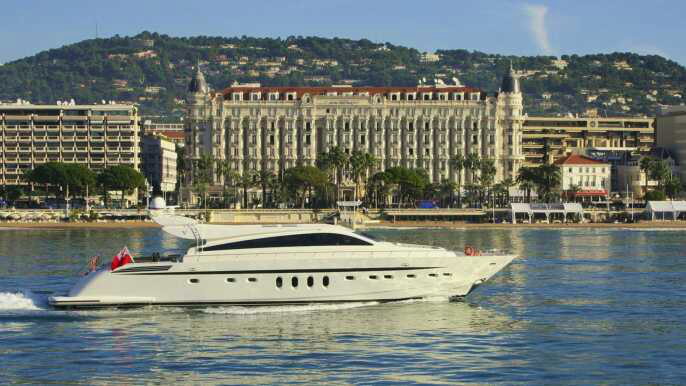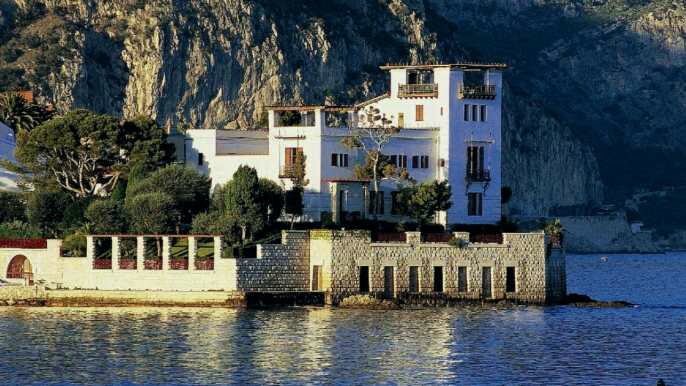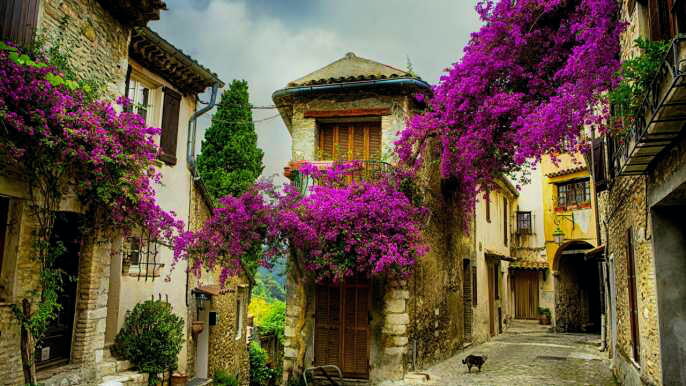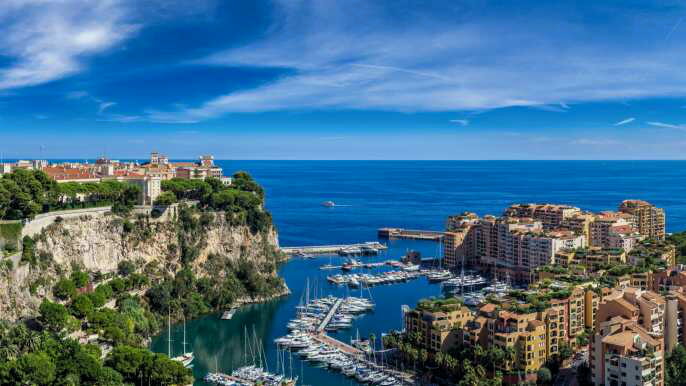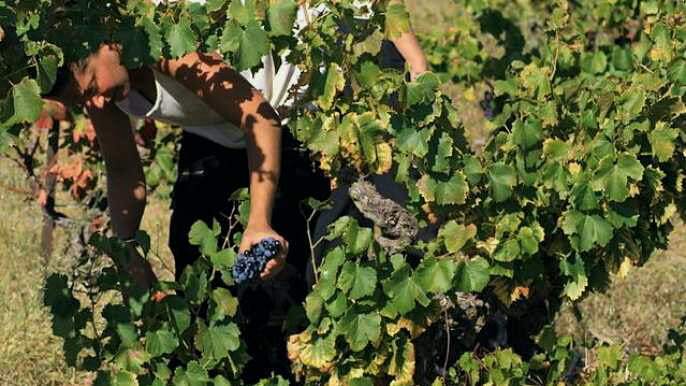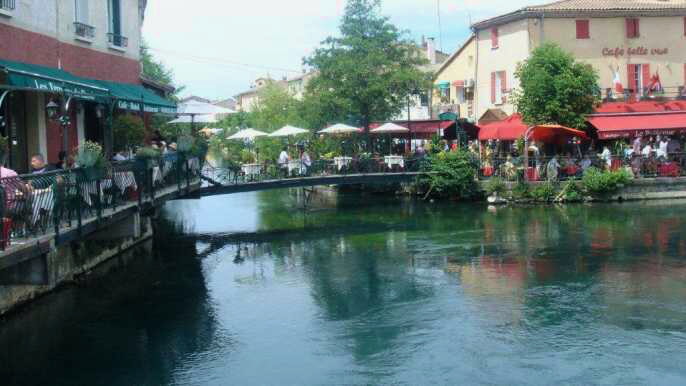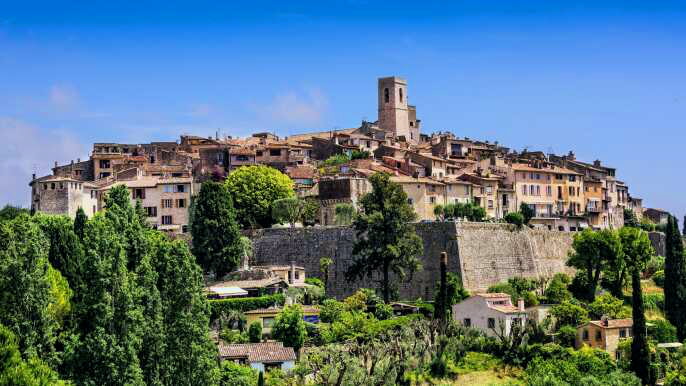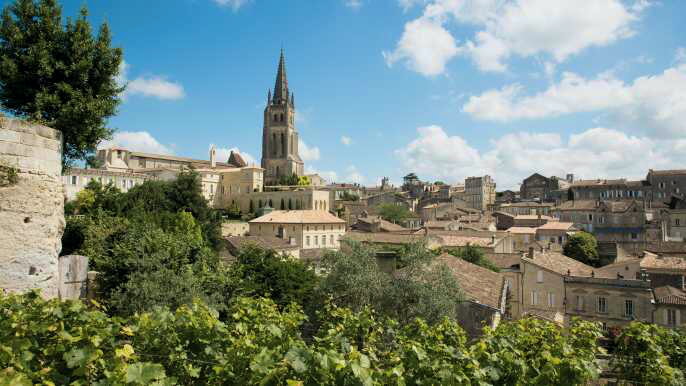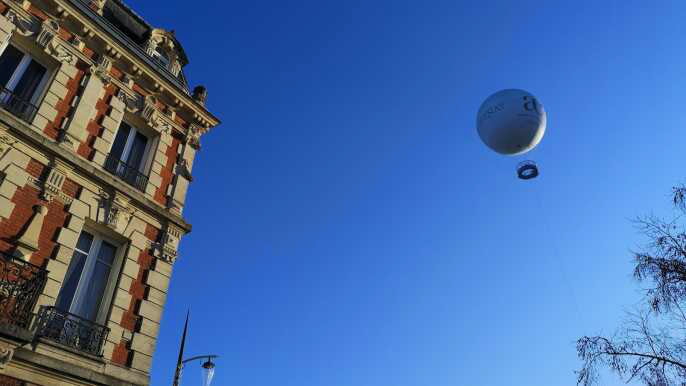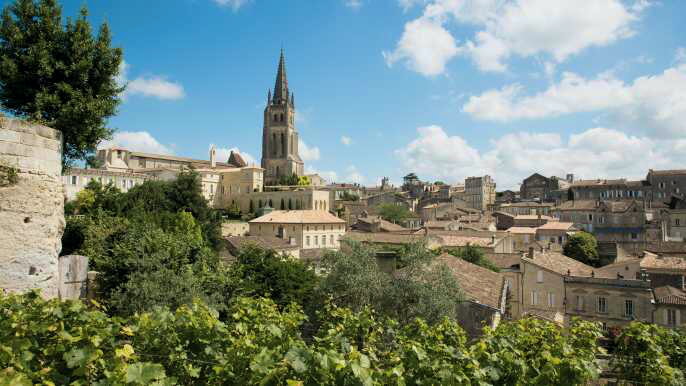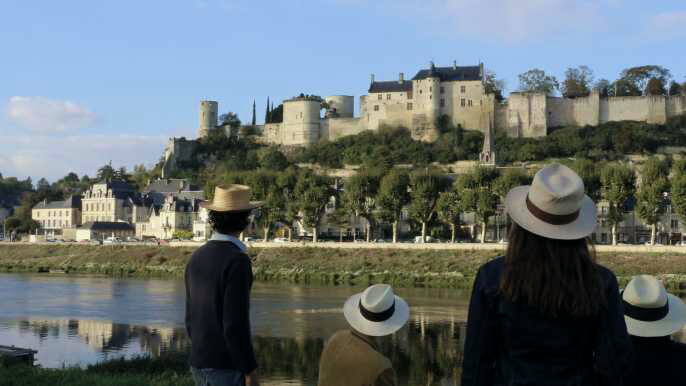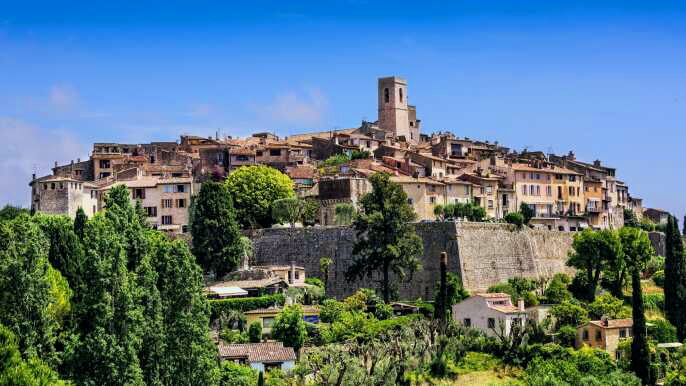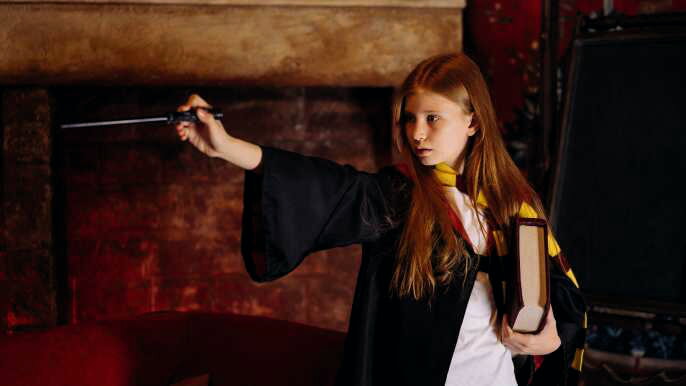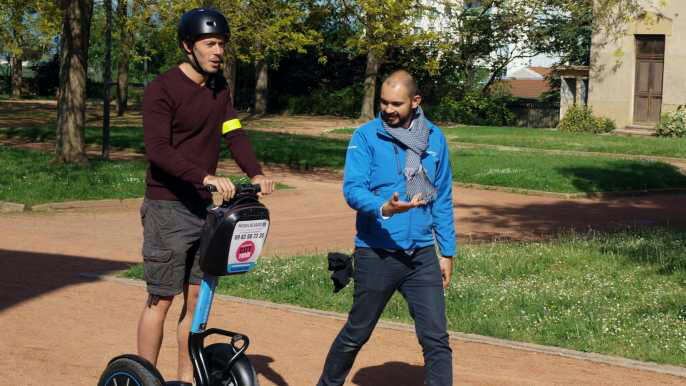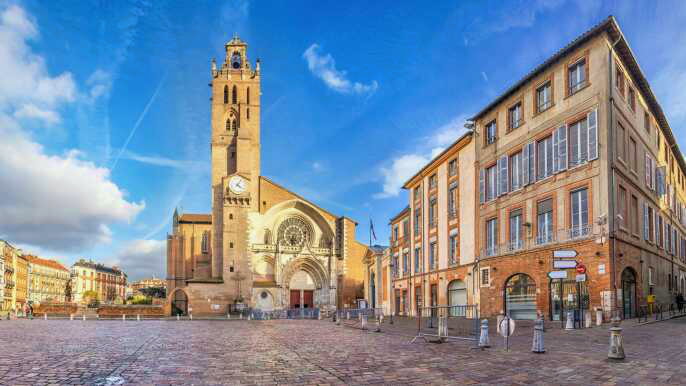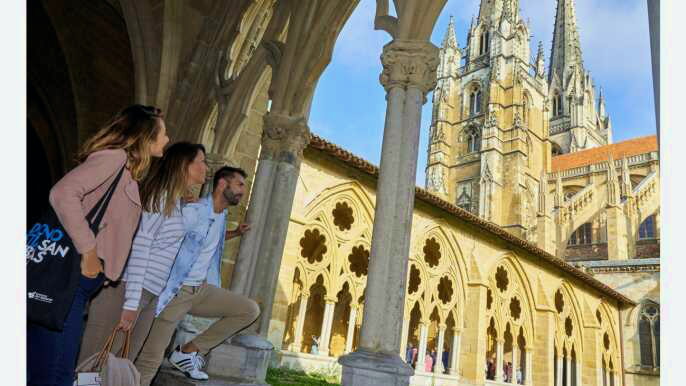In the historic heart of Burgundy, Dijon is a great place to explore. The city is famous for its 18th-century palaces, gothic architecture, thriving market stalls and a mouthwatering taste of the region’s wine and mustard.
Start your tour with a visit to the Ducal Palace (Palais des Ducs et des Etats de Bourgogne). The building was made for the Dukes of Burgundy and is listed as a historical monument.
Museum of Fine Arts
Housed inside the stunning ducal palace, Dijon’s Museum of Fine Arts is one of the most famous museums in France. It is free to visit and has a great collection of paintings and sculptures.
A highlight of the museum is its spectacular hall of the tombs of the Dukes of Burgundy, a lavish display of 15th century funerary art. The tombs of Philip the Bold and John the Fearless are exquisite. Then there are the incredibly detailed Mourners underneath - each representing a different emotion.
The museum also has an outstanding collection of medieval art. It has paintings by Ambrogio Lorenzetti, Broederlam Melchior, Verrocchio, Rubens, Guido Reni, Jan Brueghel the Elder and more.
Among the highlights are Rubens’ Virgin Presenting the Infant Christ to St Francis of Assisi and Guido Reni’s Adam and Eve, both acquired from the Louvre in the Napoleonic era. These works are accompanied by more recent gifts from a wide range of collectors, as well as the collection of Dijon sculptor Francois Rude (known for his La Marseillaise). The museum is currently under renovation so it may be closed until next year.
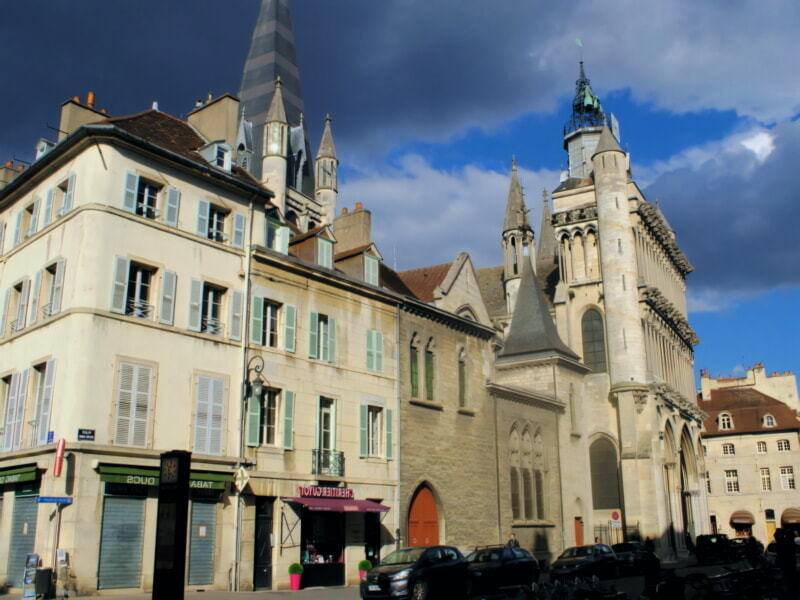
Philippe le Bon Tower
Located in eastern France, in the wine region of Burgundy, the city of Dijon is a great place to visit with many things to see and to do. It used to be the capital of the Dukes of Burgundy and has an important historical heritage.
The Tower of Philippe le Bon looms over the Palais des Ducs de Bourgogne and the Place de la Liberation in the center of Dijon. You can climb the 316 steps up to the top to enjoy beautiful panoramic views of Dijon and its surroundings.
There are a lot of other great things to see and do in Dijon, including visiting the Museum of Fine Arts (Musee des Beaux-Arts) and taking a tour of the Palace of the Dukes of Burgundy. You can also find plenty of lovely churches and religious buildings, such as the Romanesque church of Saint-Philibert and the Gothic icons, Notre Dame and Sainte-Benigne.
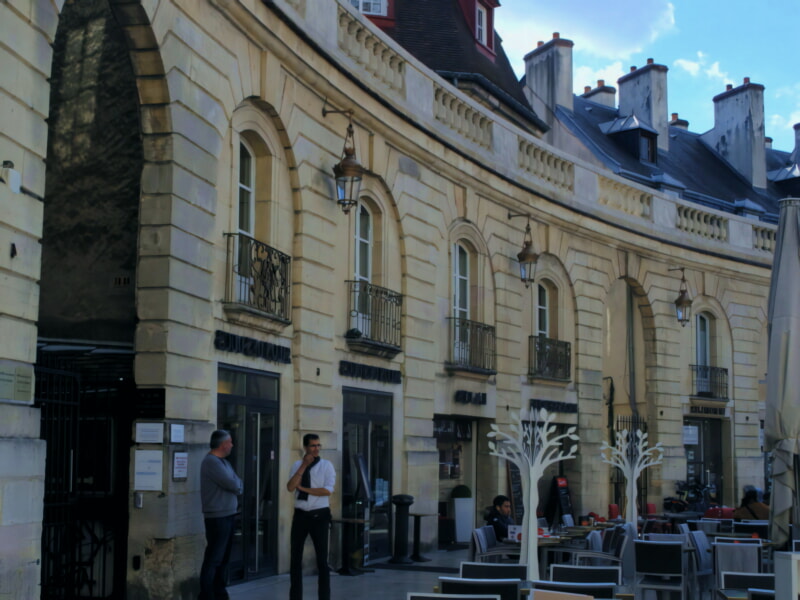
The Well of Moses
The Well of Moses is a monument in Dijon, France, that was constructed between 1395 and 1403 by the Dutch artist Claus Sluter for the Carthusian monastery of Chartreuse de Champmol. It was built as a burial site for the Burgundian Duke Philip the Bold and is one of Sluter’s most famous works.
The sculpture consists of six life-sized figures of prophets and six weeping angels standing on slender columns between them, each framed by a hexagonal base. Sluter fashioned the figures from limestone quarried from Tonnerre and Asnieres and then crafted them in his workshop at the ducal palace in Dijon.
Sluter also executed the pillar, which he placed on the top of the hexagonal base, and a tall slender cross on the top of the structure that appears to depict the crucifixion scene. However, recent research by Susie Nash of the Courtauld Institute of Art in London suggests that the crucifix composition only included one figure at the base: Mary Magdalene.
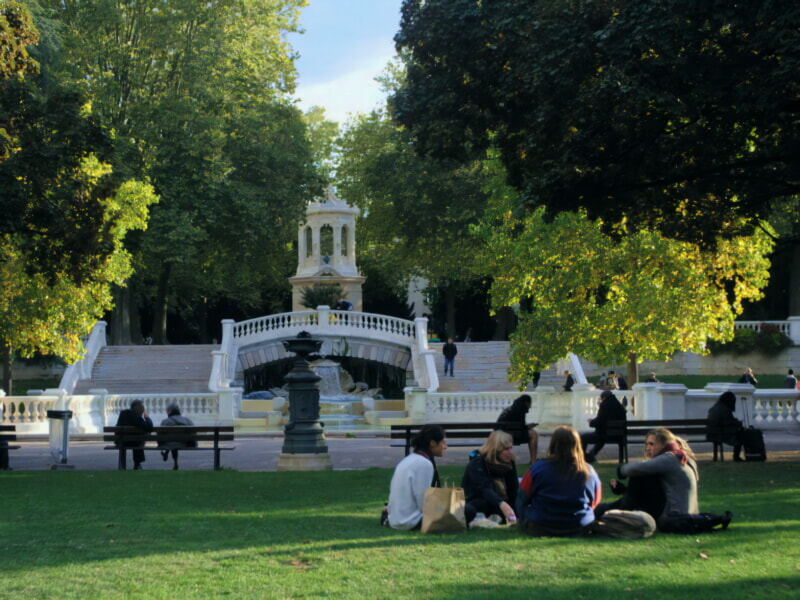
Gothic-Style Churches
Located at the center of Dijon’s old city, the Eglise Notre-Dame de Dijon is an excellent example of Gothic architecture. It is a popular destination for tourists and locals alike, and it has become an important landmark in the city.
- The cathedral is home to a beautiful crypt that dates back to the 6th century, and it is worth visiting if you like spooky places. There is also a museum next to the church that has some interesting historical artifacts.
- Another church that is also worth a visit in Dijon is St. Benignus of Dijon. It was originally a personal monastery of the bishops of Langres, but it was re-founded as a Benedictine abbey in 869 by Isaac, Bishop of Langres.
- Saint Benignus is revered by the Catholics of France, and it is a place of pilgrimage. It is also a popular place to take pictures. In the 13th century, the church had beautiful stained-glass windows; only five of them remain, and they depict episodes from the lives of the apostles.

